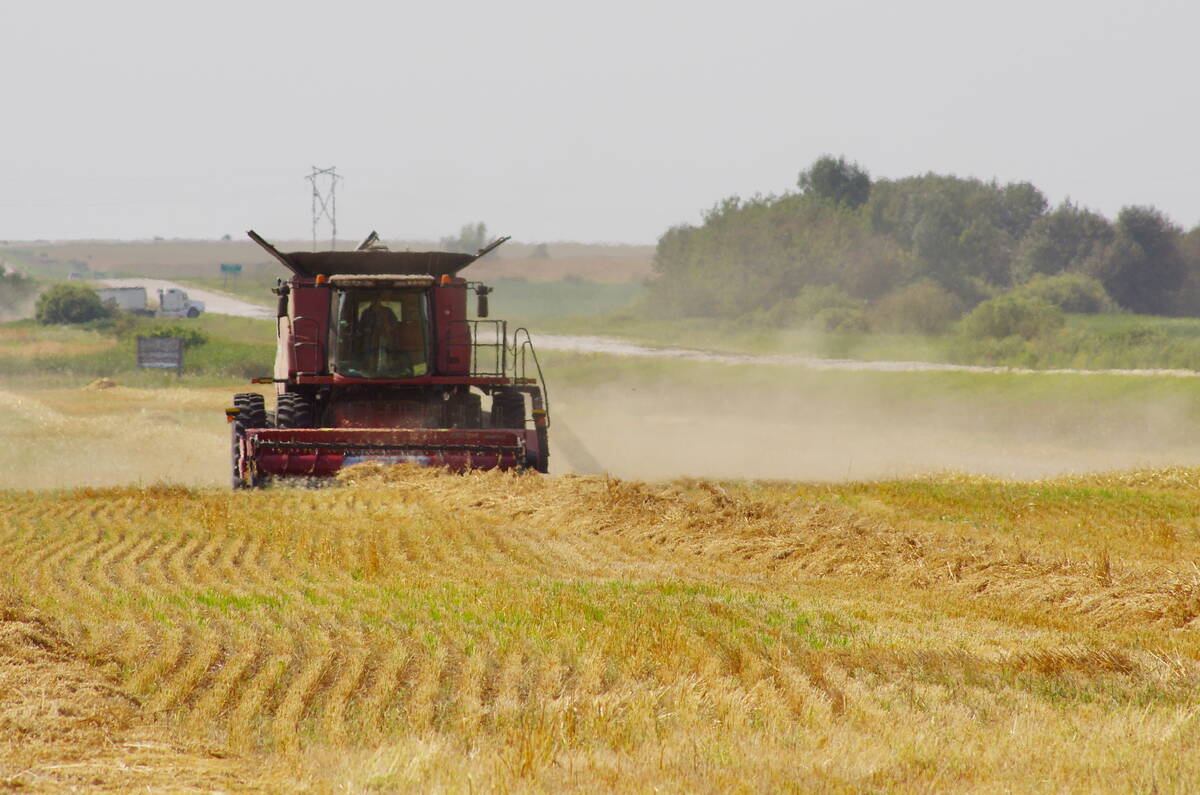RED DEER. – While trained to handle human emergencies, few firefighters or police officers know how to react when confronted with a trailer load of large, panicking animals, according to an Alberta animal
scientist.
“Fear is the strongest stressor of animals. Fear changes an animal. You cannot tell an animal that it’s going to be OK,” Jennifer Woods of Blackie, Alta., told a packed house at the Horse Breeders and Owners Conference held here.
Inexperienced crews can make a bad situation worse with their lack of knowledge on how animals react under stress, she said.
Read Also

Herbicide resistance sprouts in Manitoba’s wild oats
Farmers across Manitoba this fall are gearing up for the latest salvo in what, for many, has become a longtime battle to beat out wild oats.
“It’s not because they’re stupid. They just don’t know. They’ve never been around horses, and a lot of the time they’ll be scared of them.”
Her concern for handling animals after accidents was awakened when her husband, a volunteer firefighter for the Municipal District of Foothills, asked if she could teach his crew how to react in emergencies involving horses. Woods embarked on a search to find relevant course materials.
“There is nothing in the world.”
At the same time, Alberta Farm Animal Care was looking for someone to develop some guidelines on the safe transport of farm animals.
With AFAC’s backing, Woods developed a course to prepare emergency crews for roadside response, including safe restraint of injured animals, extracting animals from damaged vehicles and humane destruction of animals when needed.
While her husband’s concern involved horses, Woods said in Alberta cattle are more frequently involved in highway crashes than other animals.
Horses, however, are trickier to manage because their owners often have a stronger emotional attachment to them and so are more inclined to try to save the animals.
Woods advises responders and livestock owners to keep their animals together, so they won’t get into more trouble by trying to rejoin their friends.
While horses are trusting, they must be approached in a way that will not alarm them.
One firefighter who took the course said he thought shining a flashlight into a horse’s eyes would make it stand still, like freezing a deer in headlights.
A horse would likely find that tactic alarming and could react by rearing and striking.
“Injured horses may bite and kick when frightened. Most of you have heard: The back feet will hurt you. The front feet will kill you.
“If you spook them, it will take 30 minutes to calm them down,” she told the Jan. 9 meeting.
Prone horses should be approached from behind the spine area, never from the front or from the feet, said Woods.
If the horses must be dragged from the trailer, it’s best to get them onto a plastic tarp first, to prevent further injury. A piece of plywood or a spine board can be used to drag a horse off another horse. Handlers should ensure that horses’ legs are free of obstructions before trying to get them out of a trailer.
At all times, it is best to drag a horse by its tail. Moving it by the neck or legs can cause irreparable damage.
People reporting the accident should advise the dispatcher that there are animals involved and that police and firefighters should turn off sirens as they approach the scene.
“The main fear horses have is human noises – any noise a human makes. You need to keep the noise to a minimum.”
When a trailer has flipped onto its side, it’s common for the animals to be found standing upright. It’s best to leave them until they can be moved straight into another trailer, said Woods. They’re not going to suffer further injuries that way, and they’re not going to escape and run amok on the highway.
Animals that have escaped onto the road should not be approached until they have recovered from their initial panic, said Woods.
Horses, cattle and sheep will calm down after a few minutes and will not wander far into strange territory.
Most horses will stay inside a temporary corral made of police emergency tape, as long as they’re given enough room to move around.
Woods said emergency crews responding to an accident are going to rely on the experience of the animals’ handlers. It’s important for livestock owners to be calm and co-operative.
















